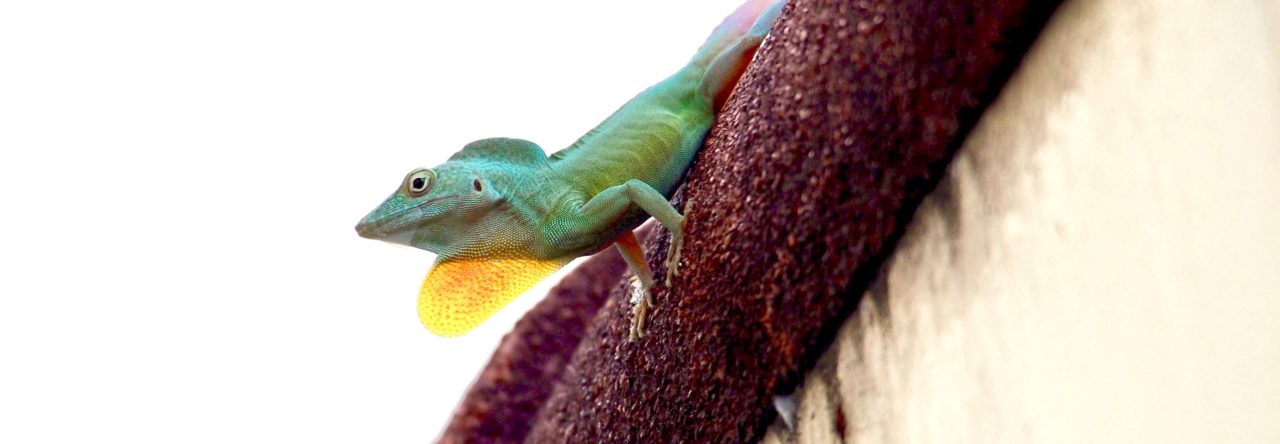
Grand Prize
Just a reminder about this year’s photo contest. Last year we had an Anolis photo contest and produced a 2012 anole calendar. Both were wildly successful. This year, Anole Annals is is combining the two with the 2012 Anole Photo Contest. The grand prize winner will have her/his photo featured on the front cover of the 2013 Anole Annals calendar and will receive an autographed copy of Karen Cusick’s lovely book, Lizards on the Fence. The second place winner will receive a copy of the calendar and have her/his photo featured on the backcover of the calendar. We’ve already got a number of good entries, but the judges feel that there’s still a chance that new entries can rise to the top. So don’t delay–submit today!

This year’s calendar. Put your photo on the cover of next year’s version!
The rules: please submit photos as attachments to anoleannals@gmail.com. To ensure that submissions with large attachments arrive, it’s a good idea to send an accompanying e-mail without any attachments that seeks confirmation of the photos receipt. Photos must be at least 150 dpi and print to a size of 11 x 17 inches. If you do not have experience resizing and color-correcting your images, the simplest thing to do is to submit the raw image files produced by your digital camera (or, for the luddites, a high quality digital scan of a printed image). If you elect to alter your own images, don’t forget that its always better to resize than to resample. Images with watermarks or other digital alterations that extend beyond color correction, sharpening and other basic editing will not be accepted. We are not going to deal with formal copyright law and ask only your permission to use your image for the calendar and related content on Anole Annals. We, in turn, agree that your images will never be used without attribution and that we will not profit financially from their use (nobody is going to make any money from the sale of these calendars because they’ll be available directly from the vendor).
Please provide a short description of the photo that includes: (1) the species name, (2) the location where the photo was taken, and (3) any other relevant information. Twelve winning photos will be selected by readers of Anole Annals from a set of 28 finalists chosen by the editors of Anole Annals. The grand prize winning and runner-up photos will be chosen by a panel of anole photography experts. Deadline for submission is September 30, 2012.
 A while back, we had discussion of a photo of a beautiful turquoise Anolis grahami. Here’s a much better photo that just popped up on Instagram. I’d love to see one of these in life. Joe Burgess says they’re from the Hellshire Hills area of south central Jamaica.
A while back, we had discussion of a photo of a beautiful turquoise Anolis grahami. Here’s a much better photo that just popped up on Instagram. I’d love to see one of these in life. Joe Burgess says they’re from the Hellshire Hills area of south central Jamaica.








 In a comment on a
In a comment on a 
